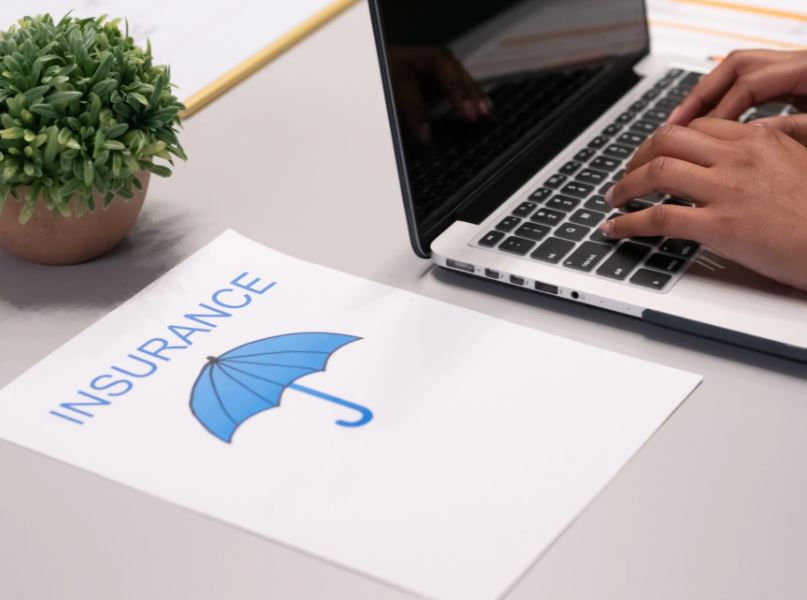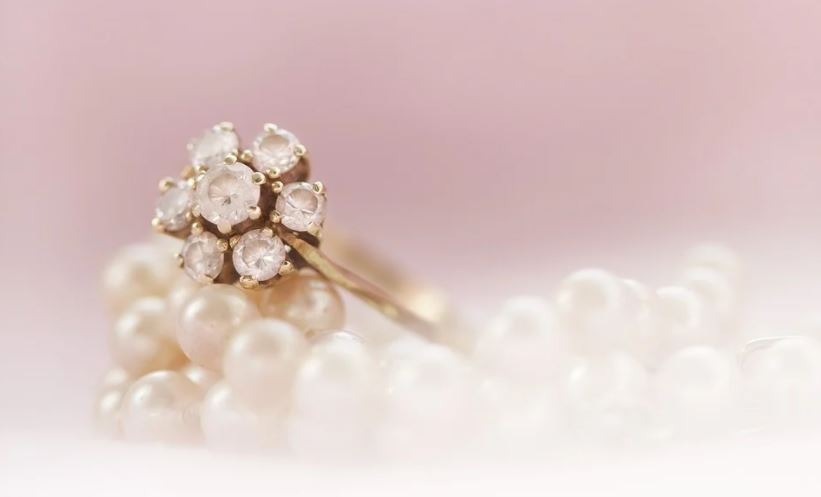From when you say yes, to the times you decide to add a sparkly new addition to your accessories, significant responsibilities rest on your shoulder.
That jewelry at your home is one of the most valuable assets in your possession. So, it is essential to have your jewelry protected from accidents and loss. To keep your jewelry protected, you will need to purchase an insurance policy. Here is how to do it with tips for ensuring your jewelry!
What’s Jewelry Insurance?
Jewelry insurance is a contractual means of risk management. It protects you from financial blows if your jewelry gets lost, stolen, or damaged. The policies typically cover all your jewelry items marked to the coverage scope. It ends in either repair, replacement, or cost reimbursement.
Cost of Jewelry Insurance
As with other insurance policies, the jewelry insurance cost depends on the value of jewelry and the extent of coverage. Generally, companies take between 1 and 3 percent of overall jewelry cost. In easy terms, you pay $100 to $300 for an item worth $10,000. You can decrease your premium by paying a higher deductible.
The rates also vary with locations: different laws and regulations exist worldwide. If you want, you may get your quick estimate online.
You may also add it as a rider in your existing insurance policies. This one is a more affordable route.
Tips for Ensuring Your Jewelry
1. Thoroughly Document Your Jewelry Collection
If your jewelry gets lost or stolen, it is essential to produce records for the police and insurance company before claiming.
Document every single jewelry piece you own in writing. From the number of gemstones to the material and weight of each article, include as much detail as possible. You can also add purchasing receipts and take pictures to add them in the file.
Experts suggest keeping this documentation in a home safe or a safety deposit box. We also recommend adding design schematics and gem certificates, if any, within this pile of papers.
2. Get Jewelry Appraisal
One can’t protect the value of their jewelry till one knows its worth. An appraisal accounts for all primary elements like cut, color, clarity, carat weight, and quantity of gems. It can even include the shape, distinctive markings, stamps, and model numbers. If you got married or engaged recently, your purchasing store should be able to write you an appraisal concerning the current retail prices and craftsmanship. For items you received as gifts or inheritance, go to a professional appraiser or jewelry for one against a nominal fee.
Most insurance companies require an appraisal for value pieces worth $5000 or more. Below this, many accept invoicing receipts.
These appraisals and jewelry photos come in handy for an insurance quote.
3. Get a Diamond Certificate or Grading Report
If the center stone is half a carat or more, your jeweler will give you a diamond certificate or grading report. It is often from gemological labs like the Gemological Institute of America (GIA). GIA found the 4Cs for evaluating a diamond color, clarity, cut, and carat weight. While not an appraisal, it lists factors that help in the estimation of cost. If you get a certificate with accurate results, you can also find your exact jewelry item if it’s ever stolen or lost.
4. Choose a Coverage Provider
There are two traditional options for insuring jewelry; topping homeowner’s or renter’s insurance with an extension called a rider or going for an independent policy. We recommend the latter as you should let real estate specialists take care of your property and entrust jewelry to the jewelry specialists.
Make sure you read the contract information and do not assume any coverage limits. Make sure you know what you need and go for the right provider.
5. Ask the Right Questions
Having the correct and up-to-date information is essential for deciding on one insurance provider. If your potential provider does not enlist these themself, do not hesitate to ask questions like:
- Can you choose who repairs the jewelry?
- If there is insurance for replacement against the cash payout, where can you purchase the new article?
- What happens if no suitable replacement is available?
- How do customers need to prove their claims for a quote?
- What circumstances are not covered?
- Will your insurance continue beyond the borders?
- Does the coverage protect you against damage or just theft and loss?
- Will the policy adjust concerning inflation?
- What types of repairs contribute to the deductible?
Not only will the answers help you narrow one down, but they will also give you a sense of certainty. Many people choose providers without knowing everything about the policy. It only ends in vain as they assume multiple benefits that their provider does not entertain. It can also go vice versa, where customers think of lesser claims and do not go for a quote.
6. Remember to Reappraise
Jewelry is an investment. With time passing, its value has likely gone up and may continue to. Thus, it is essential to have your items reappraised every two to three years. Most reputable appraisers have records of your original one, so they do not have to start from scratch. It also helps save costs. However, always take the old documents with you in case your records do not exist.
7. Do Your Homework Beforehand – Know Your Needs
Many places offer stand-alone jewelry insurance policies, so read reviews and do your homework before purchasing, as this coverage varies between companies. For example, while Jewelers Mutual has provided jewelry insurance for over 100 years, not all companies have this specialized focus.
Furthermore, be self-aware of your needs. Many policies cater to personal preferences and priorities. Some go for familiar providers as there is a sense of comfort and trust involved. Others may go for ones that reimburse only cash or cover all incidents, including accidents. Some may go for ones that let them purchase from the jewelers they wish.
8. Go for Worldwide Coverage
If you travel for leisure or work, we recommend buying a policy that offers worldwide coverage. Many people assume their providers cover it and end up not getting quotes for their claims. Also, be wary of what incidents the policy covers and how to prove them when you are not home. Check our guide on keeping jewelry safe while traveling.
9. Include Mysterious Disappearances
If you do not misplace things often, look for a policy that covers mysterious disappearances. It will then let you sign a claim for loss without you knowing how it happened.
10. Wait no further!
Jewelry is a lot more than just a financial asset. For many, it carries a unique emotional weight. It may be the last accessory of your loved love to a family tradition passed down generations or a sign of unconditional love and deep commitment. These deeply personal and irreplaceable sentiments are why you should get a jewelry insurance policy. We recommend getting a rider or a policy as soon as possible. So, get your policy promptly.
Examples of Insurance Coverage
A typical homeowners insurance policy at USAA covers jewelry lost due to fire or theft but not accidental damage or loss. The jewelry coverage limit is $10,000 and is subject to the policy deductible. One requires a separate policy for additional jewelry coverage.
The USAA Valuable Personal Property Policy covers a wide range of accidents and incidents. There is no deductible for it, and the coverage extends to musical instruments and fine art. You require no appraisal for jewelry costing less than $15,000. However, you do need a receipt or proof of ownership for filing claims.
Farmers Insurance follows a similar strategy. A typical homeowners policy, for example, covers jewelry up to $1,000 per item and $5,000 per incident (theft, fire). Accidental damage is not covered. Farmers provide riders for valuable items, and the insured chooses the deductible (which starts at $0). Farmers typically require a receipt or appraisal for each item.
GEICO and Allstate provide comparable coverage. Personal property coverage is limited to $500 to $2,000 per policy at GEICO and $1,000 to $2,000 per policy at Allstate. Riders or floaters cover loss and damage not covered by the primary policy.
Additional Tips
Here are some more tips for taking care of your jewelry. So, before buying or making additions down the road:
- Get your jewelry items appraised professionally. It will help determine their value for insurance purposes.
- Take pictures of your valuables
- Consider paying a higher deductible to lessen insurance premiums late.
Once your policy is in place:
- Keep all your receipts, appraisal paperwork, and photos locked away in a safe. However, do not make the space less accessible.
- Store the jewelry securely when you aren’t wearing them.
- Avoid traveling with irreplaceable or expensive jewelry.
The Bottomline
With our guide, you no longer have to feel confused or unaware about jewelry insurance.
Make sure you follow all the tips for insuring jewelry and educate yourself well before signing up with a provider. Do check our guide on how to care for gold jewelry!






